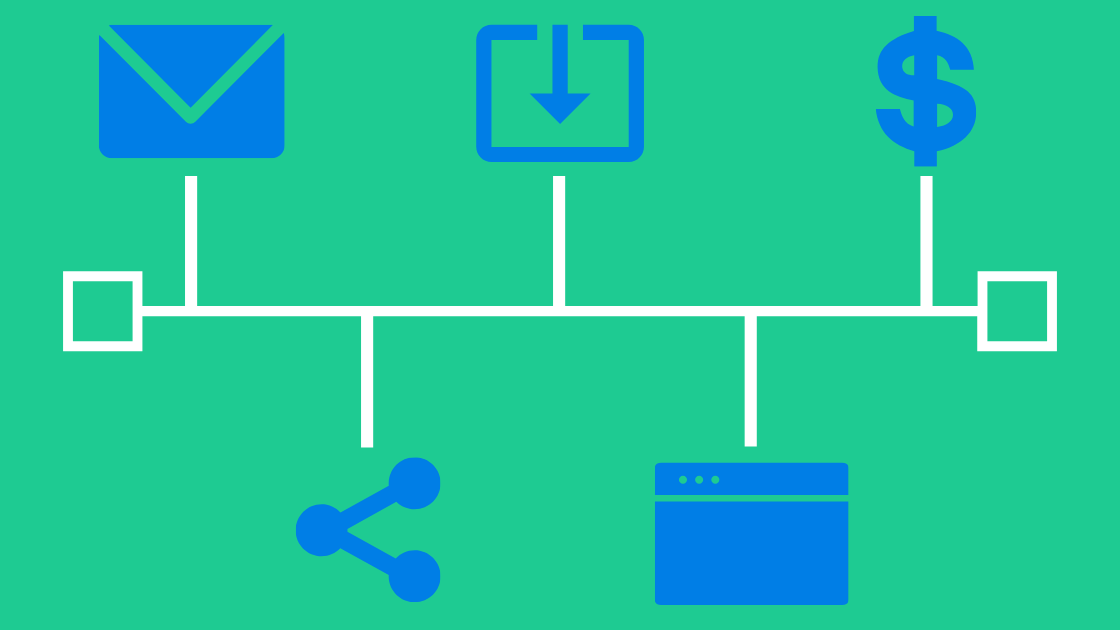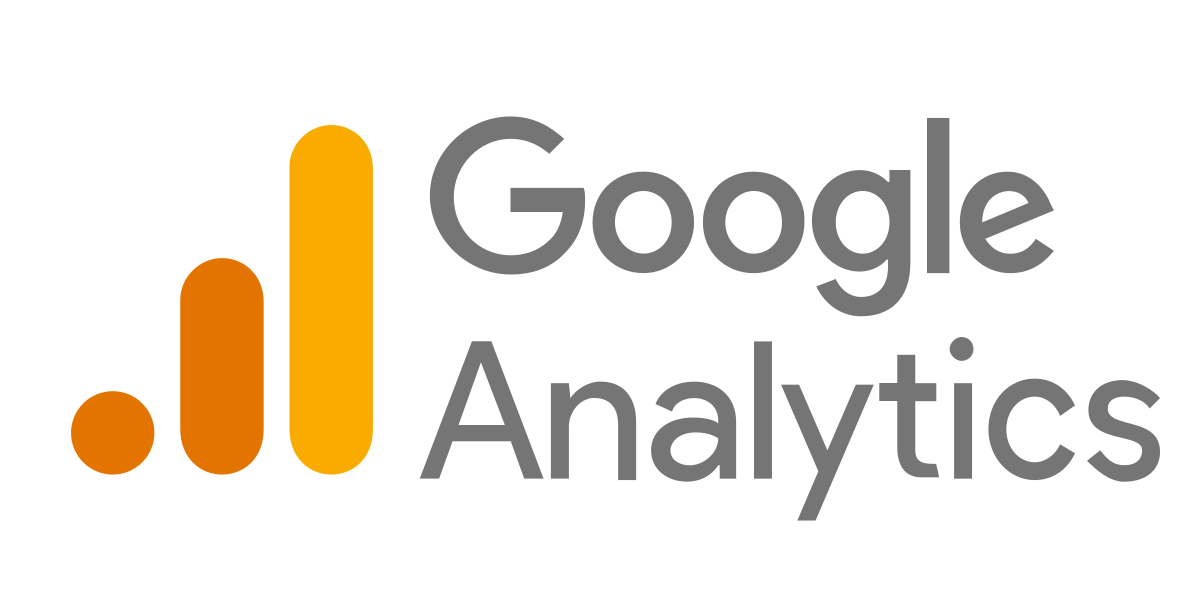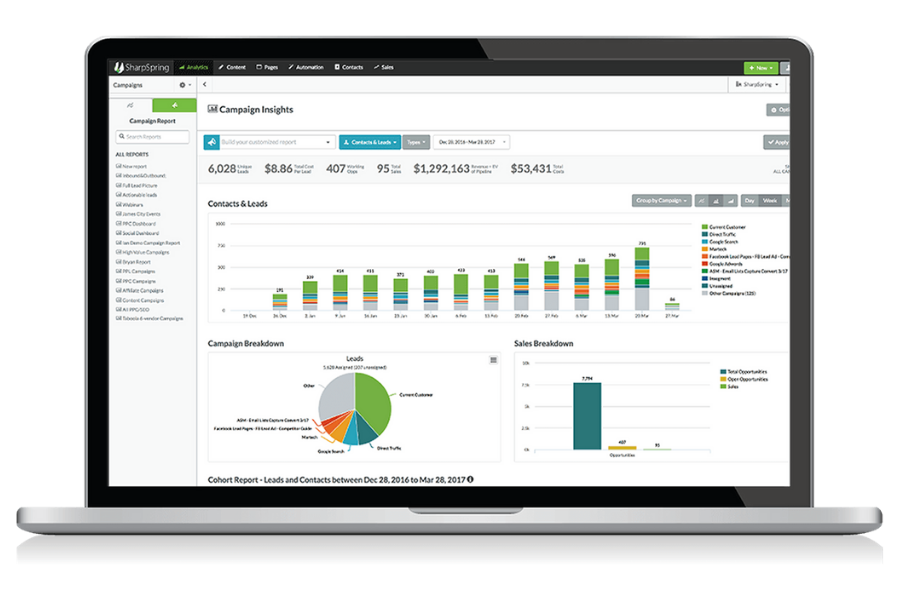What is lead scoring?

Lead scoring is a point system used to gauge lead quality. Using a predetermined method, lead scoring is assigning a certain number of points to a certain attribute or action of a lead with more points allocated to a more conversion-motivated feature. This removes the subjectivity associated with lead generation in order for the sales and marketing team to better understand how likely a lead will be converted therefore determining how qualified the lead is.
Typically lead scoring is measured between 1 and 100. For example, if ‘Lead A’ filled out the form on the landing page (20 points), engages with your business on social media (10), and opens and scrolls through each newsletter (15), therefore their score would be 45. In contrast, ‘Lead B’ clicked on a blog (5), visited the homepage (5), and followed your business’ Facebook page (5), therefore their score would be 15.
Based on this information, Lead A has a significantly higher lead score because their activity resembled a qualified lead worth actively pursuing as compared to Lead B.
Benefits of a lead scoring strategy

1. Improve marketing campaign strategies
By closely examining what characteristics or behaviors qualify a lead, it will provide a more comprehensive awareness of what content or marketing strategies are reaching the audience and converting leads. For example, if you notice that there is a high correlation to your white paper and conversions, then you can predict that the whitepaper’s topic and the format have a large influence on the audience. This information can be implemented in upcoming marketing strategies to escalate your efforts.
2. Aligns the marketing and sales team
A customer’s touchpoints with a business are not divided by the different departments, instead, every interaction with a business is a part of their overall perspective on the business. Therefore, each department of a business should be cohesive and collaborative. By establishing a set process for scoring leads, it aligns both the sales and marketing agreement of how leads are scored and what criteria it is dependent on. This ensures the efforts and mindset of each department is based on the same basic understanding.
3. Maximizes efficiency
In addition to mutual understanding, lead scoring clearly indicates how qualified a lead is and how they were scored. This information allows the business to prioritize leads by regulating time and resources instead of focusing on leads that have a low likelihood of converting. In addition to knowing what leads to focus on, it indicates it much quicker, therefore, enabling the sales team to respond or reach out to a qualified lead in a timely manner which significantly increases the probability of a sale.
How to create a lead score model
1. Develop the buyer personas

A buyer persona is a representation of a certain group within your targeted audience that provides a comprehensive overview of who that buyer is and the selling points. A business can have multiple buyer personas that construct its targeted audiences to effectively understand how that audience interacts with your business, their pain points, and how your product/service can benefit them to create a universal and reliable profile.
To develop a buyer persona you must break down your audience into targeted groups based on similar identifying attributes and features which subsequently are key data points for creating a lead score. Start by analyzing the demographics of leads to develop a clear outline of what characteristics correspond with conversions. A few demographics include location, age, company size, job titles, seniority, etc.
By establishing a clear understanding of who your targeted audience is and the common characteristics of a lead, it enables you to determine which attributes correlate with higher conversion, as discussed in step four.
For more information on creating a buyer/marketing persona, please click here.
2. Examine online behavior

In addition to analyzing your audience’s demographics and determining the similarities of leads and conversions, another aspect is analyzing behavioral information. Behavior refers to how a lead interacts and engages with a business, ultimately documenting what content or platforms they touched that influenced their buying decisions. For example, some behavioral touchpoints include what pages they visited on the website, how they engage with your business’ social media, what content they downloaded, their email open and click-through rate, etc. In addition to just measuring what content they interacted with but for how long will give additional insight into that touchpoint and how it affects conversions.
By analyzing a lead’s behavior online you can create a map of what touchpoints equate with higher conversions. Is there a specific download that brings in more leads? Does a certain social campaign consistently attract online sales? These behaviors formulate how a lead is generated and how a conversion is finalized.
3. Determine scoring features

As discussed above, demographics and behavior are the primary data points for establishing a lead’s score. Therefore, by determining which attributes and activity align with higher conversions provides a clear diagram of what features should be scored higher. The more connected a certain feature is with a conversion, the higher the point value. There are a few ways to determine and rank these values, the first being an analysis of your marketing and website analytics, as suggested above. You can also run an attribution report for a more comprehensive look at which type of marketing effort or content influences the sales funnel.
It is also important to converse with the sales team since they have direct communication and interactions with the customers. They can provide details on what marketing pieces they frequently use when making a sale or present insight on how they qualify leads. The sales team can supply extremely beneficial information based on their experiences with those who actually use or buy the product/service rather than focusing just on numbers.
To extend on that point, communicating directly with the customers provides an unambiguous response on why they chose your business and their opinions on the sales process. By conducting customer interviews or sending out surveys, they can contribute insight into their personal experience and what worked or what needs improvement.
4. Assign score values

Once the attributes, behaviors, and any other features are properly analyzed, the next step is to assign specific values for each. Each type of demographic or certain touchpoints will need to be assigned a point value so when referencing a lead’s score in the future, the predetermined point formula has already calculated the score. Creating the scoring formula is a process, not a one-time evaluation, therefore it will take continual analysis to ensure your features and the corresponding point values effectively reflect the lead quality.
Lead scoring is a thorough process for quickly determining the quality of a lead based on fixed guidelines. It enables your business to create data-based, effective marketing campaigns, align the marketing and sales team, and prioritize leads to maximize efficiency. A lead score is determined by analyzing your user persona including the demographics and online behavior to develop an outline of what marketing efforts yield more conversions that will determine the point value. While developing the guidelines for a lead score is an exhaustive process, the benefits significantly improve your business’ marketing and sales operations.







